A hobby of mine is to take apart discarded electronics -- to see what I can learn. Sometimes, I'm just puzzled.
I've seen this style in name-brand stuff, meaning high quantity, like radios and vcr's. This PCB was I believe removed from an old tv having mini fluorescent tube backlighting, I sure would like to know what to call this style of pcb-design, and is this something only the big guys do (is this totally custom) or is there a pcb mfg house that does this, because I've never seen it (though I admit, I didn't look too hard). I assume this style is to make design and manufacture as cheap as possible. And there's probably software that allows to design this way, though I don't know what it is.
PCB, component side, without flash:

PCB, component side, with flash:

It also has this interesting style for MOSFET that I'm curious about (I call these horns -- what are they called?):
And here's another (A unicorn?), with teardrop-shaped solder on the middle pin:
EDIT:
Here is an asymmetrical one:



